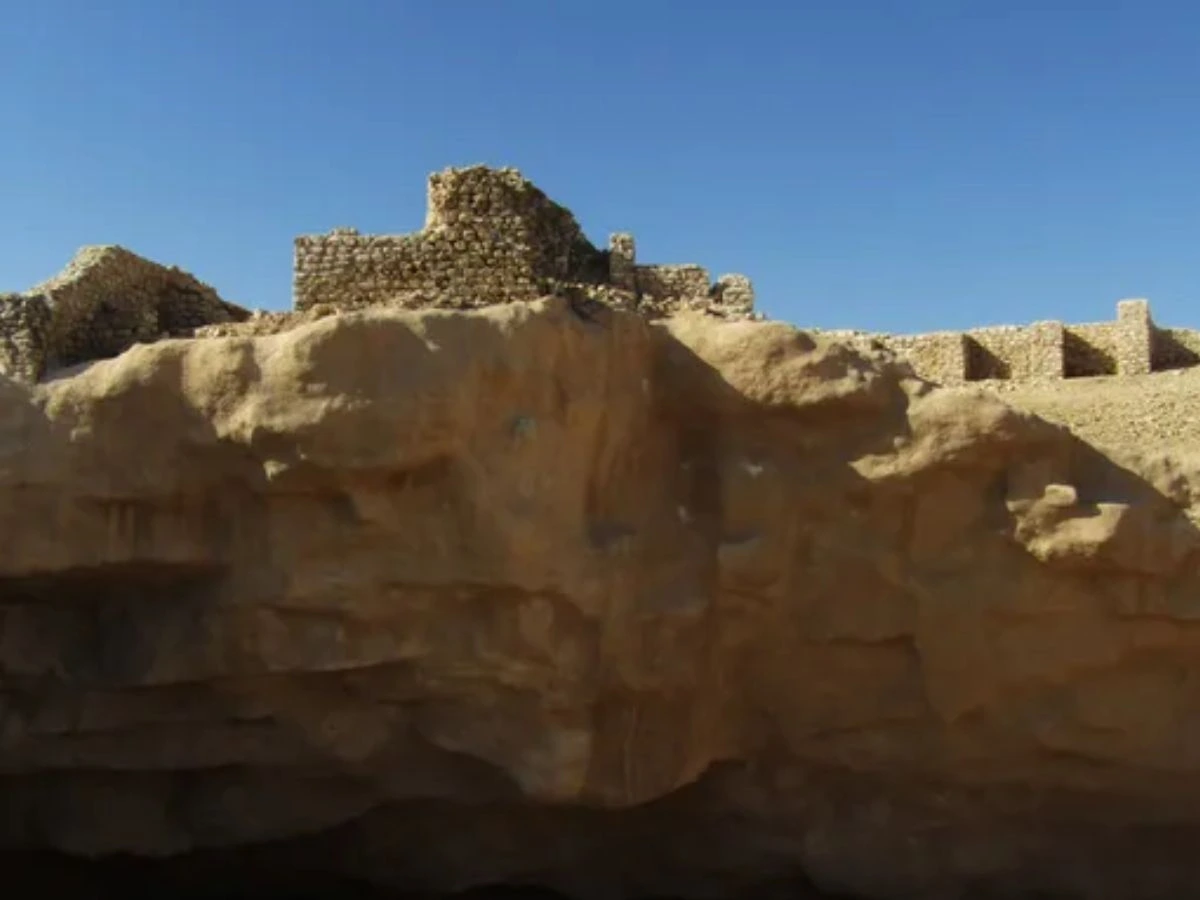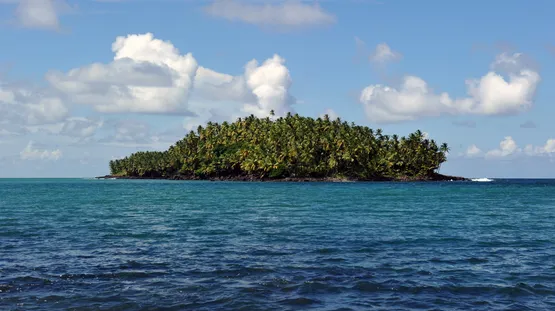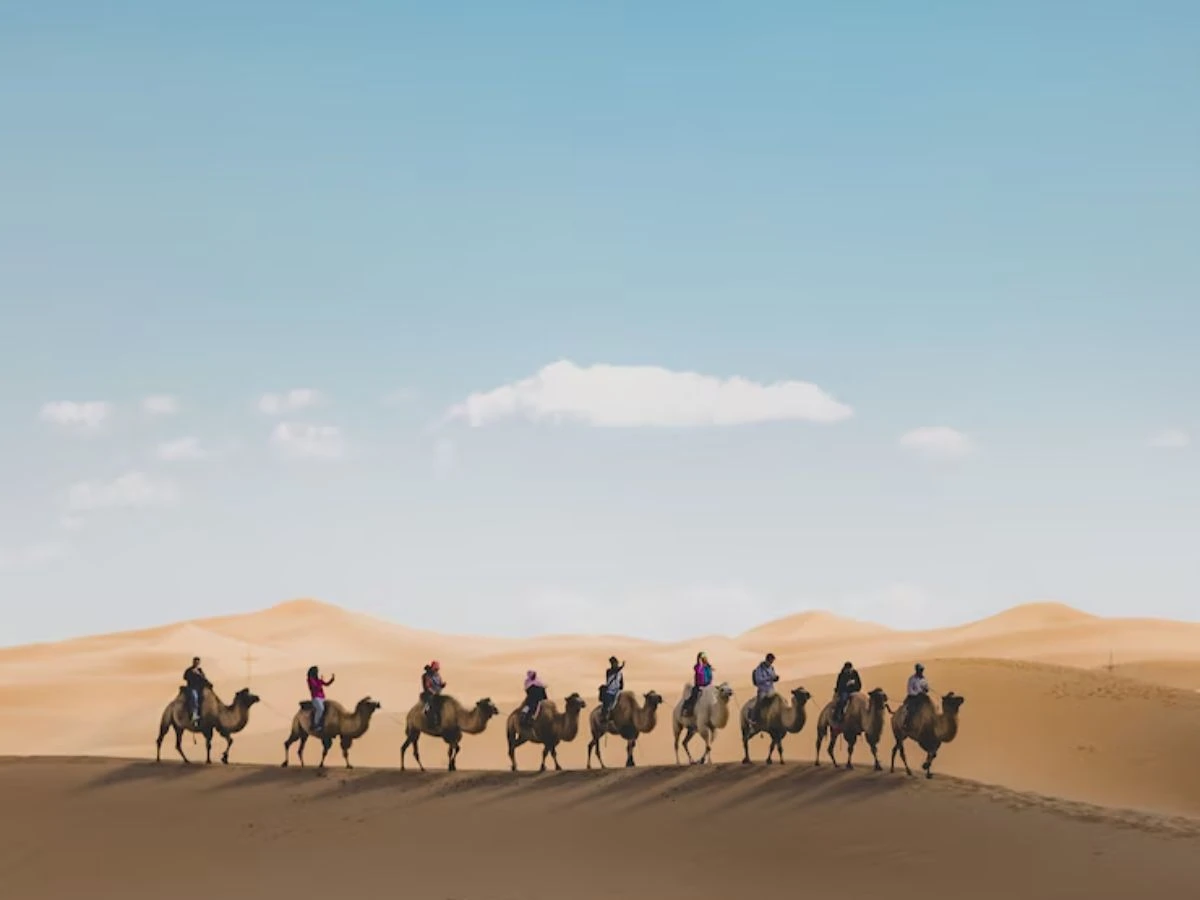Deep in the vast Rub’ al Khali desert lies the legendary Ubar, an ancient city that captured imaginations for centuries. Known as Ubar, or the “Atlantis of the Sands,” this once-prosperous trading post in the Dhofar province of Oman remained hidden beneath shifting dunes until its remarkable discovery in 1992. The Ubar legend, rooted in ancient Arabian folklore, has persisted through time, fueling stories of a vanished, prosperous city. Captivated explorers, historians, and archaeologists have long sought the city, drawn by its enduring mystery. After its unearthing, important discoveries at the site have significantly deepened our understanding of ancient civilizations. Today, this archaeological wonder offers intrepid travellers a unique glimpse into ancient Arabia’s fascinating history and stands as one of the most extraordinary destinations for those seeking to venture beyond conventional tourism.
The History of Ubar
The story of Ubar reads like a tale from “One Thousand and One Nights.” Ancient texts describe a wealthy desert kingdom that was considered one of the advanced civilizations of its time, controlling the lucrative frankincense trade routes across the Arabian Peninsula. The wealth derived from Ubar’s dominance over the incense route made it a critical hub for commerce and cultural exchange. For nearly 5,000 years, caravans traversed these harsh lands, carrying precious aromatic resins that were worth more than gold to the civilizations of Egypt, the Roman Empire, and Mesopotamia.
Archaeological evidence suggests that Ubar flourished between 2800 BCE and 300 CE, serving as a crucial waystation where traders would rest, replenish supplies, and conduct business before continuing their perilous journeys across the Empty Quarter. Ancient maps, such as Claudius Ptolemy’s 2nd-century AD depiction of Arabia, reference an Omanum Emporium-a place called Ubar-highlighting its significance as a historical trading hub along the incense route. The city’s infrastructure included a central fortress that functioned as a processing and storage facility, record keeping center, and storage facility for frankincense and other valuable goods. The city’s strategic location near natural water sources made it an oasis of life in one of Earth’s most inhospitable environments.
The Golden Age of Trade
During its heyday, Ubar was far more than a simple trading post. It was a cosmopolitan hub where merchants from distant lands converged, bringing with them exotic goods, diverse languages, and rich cultural traditions. Frankincense, harvested from the Boswellia trees of southern Arabia, was the cornerstone of this prosperity. Ancient Egyptians used it in religious ceremonies and mummification processes, whilst Romans incorporated it into their most sacred rituals.
The wealth flowing through Ubar’s gates allowed for sophisticated architecture and urban planning that rivalled many contemporary cities. Recent excavations have revealed advanced water management systems, including channels and cisterns that captured and preserved the precious desert rainfall.
Myths and Legends
Bedouin oral traditions speak of a great city punished by Allah for its decadence, swallowed by the sands in a single night. These haunting tales describe inhabitants who became so wealthy that they forgot their spiritual obligations, leading to the divine retribution the lord dealt that buried their magnificent city beneath the desert floor.
While this dramatic tale captured imaginations worldwide, the reality proved equally fascinating. Using NASA satellite imagery and ground-penetrating radar, archaeologists finally located Ubar’s remains near modern-day Shisr in Oman. The breakthrough came when researchers noticed unusual geometric patterns visible only from space-ancient roads converging on what appeared to be an empty patch of desert.
Evidence suggests that rather than divine punishment alone, the city’s cataclysmic end was triggered by environmental factors. The gradual depletion of underground water sources and the collapse of the limestone cavern system, including a massive limestone table, led to the formation of a massive sinkhole beneath the city. This geological disaster caused the fortress and other structures to sink lower into the earth, and over centuries, the great halls and marketplaces slowly sank into the earth, whilst desert winds covered the ruins with sand. The collapse of trade routes and water sources sealed Ubar’s fate, marking its eventual downfall. In the end, Ubar vanished from history, its disappearance fueling legends and comparisons to other lost civilizations. This scientific explanation makes Ubar’s story no less compelling-it serves as a powerful reminder of humanity’s complex relationship with our environment and the impermanence of even the mightiest civilisations
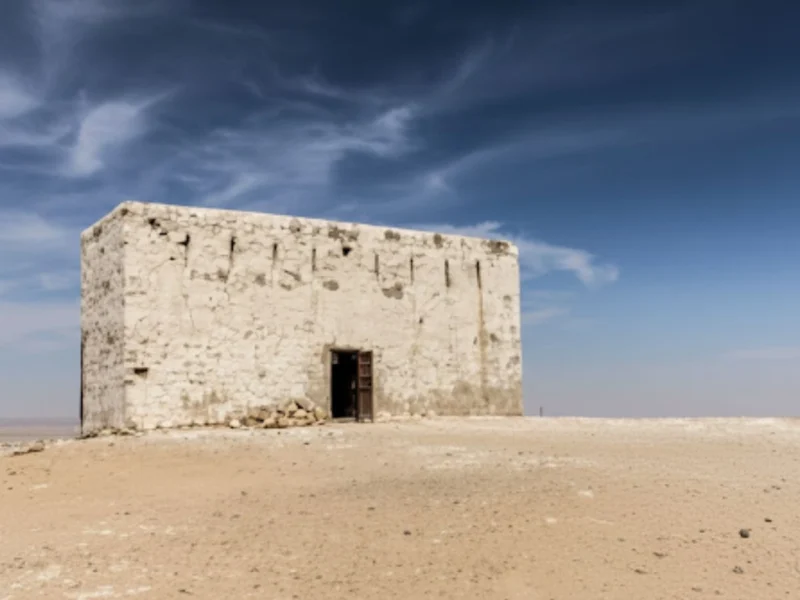
The Archaeological Marvel
Today’s excavation site reveals fascinating insights into ancient Arabian life. Pottery shards from distant lands tell stories of international trade networks, whilst incense burners and religious artefacts speak to the spiritual life of Ubar’s inhabitants. The discovery of Roman glassware alongside Indian Ocean pearls demonstrates the remarkable reach of these desert merchants.
The fortress-like structure that has been uncovered was designed as a safe haven for its inhabitants during times of trouble. Notably, the fortress featured eight walls forming a robust defensive perimeter, with the main gate serving as a significant architectural element marking the entrance. Ground-penetrating radar suggests extensive underground chambers and passages, including a tunnel at the deepest end of the sinkhole, which may have led to sunken walls and further underground areas that contributed to the site’s geological and archaeological significance.
The Role of Satellite Imagery in Discovery
The unearthing of the lost city of Ubar stands as a landmark achievement in the marriage of legend and technology. For centuries, the city’s location remained a tantalizing mystery, buried beneath the relentless desert sands of southern Arabia. It was only with the advent of satellite imagery and the pioneering use of Shuttle Imaging Radar that explorers were able to pierce the veil of the Empty Quarter and reveal the ancient city’s hidden secrets.
In the early 1990s, a team led by filmmaker and explorer Nicholas Clapp harnessed the power of space archaeology to track down the legendary city. By analyzing remote sensing data from NASA’s space shuttle missions, the team could detect subtle geological features and ancient tracks invisible to the naked eye. These radar images revealed a network of caravan routes converging on a single point-an anomaly in the vast Arabian desert that matched clues from ancient maps and texts.
As the team delved deeper into the data, the outlines of a complex labyrinth began to emerge. The satellite imagery exposed the remnants of a central fortress, surrounded by eight formidable walls-each several feet thick and rising up to twelve feet high. This architectural marvel echoed the legendary descriptions of Ubar as the “many-towered city,” a place of wealth and power at the heart of the incense trade.
The ability to map these ancient tracks and caravan routes from space was revolutionary. Not only did it confirm the location of the lost city of Ubar, but it also illuminated the broader network of trade and communication that once crisscrossed the Arabian Peninsula. The radar images captured the sunken walls and mighty structures of the city, providing a detailed blueprint for archaeological excavations and transforming our understanding of this ancient site.
The discovery of Ubar through satellite imagery marked a turning point in archaeological research. Remote sensing techniques have since become invaluable tools for uncovering lost cities and desert ruins, especially in regions where shifting sands conceal the past. By combining image analysis with historical records, researchers can now identify and study ancient sites without disturbing the fragile landscape.
Today, the story of Ubar’s rediscovery is a testament to the power of modern technology in unraveling the mysteries of the past. As space archaeology and remote sensing continue to evolve, they promise to reveal even more hidden chapters of human history-ensuring that the lost city of Ubar remains not just a legend, but a beacon for future explorers and scholars alike.
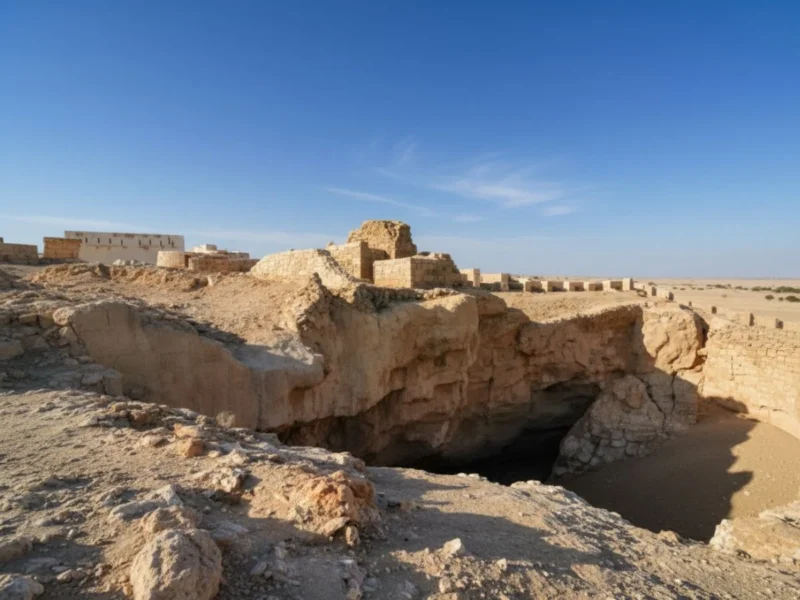
Visiting Ubar
The best time to explore Ubar is between October and March when temperatures are more moderate, typically ranging from 15°C to 28°C during the day. Even during these cooler months, the desert climate requires proper preparation and respect for the harsh environment.
Access requires careful planning and proper transportation, as the site lies in remote desert terrain approximately 175 kilometres north of Salalah. The journey itself becomes part of the adventure, as travellers cross landscapes virtually unchanged since the time of the ancient caravans. Luxury desert camps nearby offer comfortable accommodation options that blend modern amenities with traditional Bedouin hospitality, allowing visitors to experience the romance of desert life without sacrificing comfort.
Guided Tours
Experienced guides are essential for both safety and enrichment when visiting Ubar. The desert can be unforgiving to the unprepared, and local expertise ensures not only safe passage but also deep understanding of the site’s significance. Professional tour operators like Undiscovered Destination provide comprehensive experiences that include expert archaeological interpretation, traditional Bedouin encounters, comfortable desert transportation, luxury camping arrangements, and cultural immersion opportunities.
These guides often come from families with generations of desert knowledge, able to read the landscape like an ancient text and share stories passed down through countless campfire gatherings.
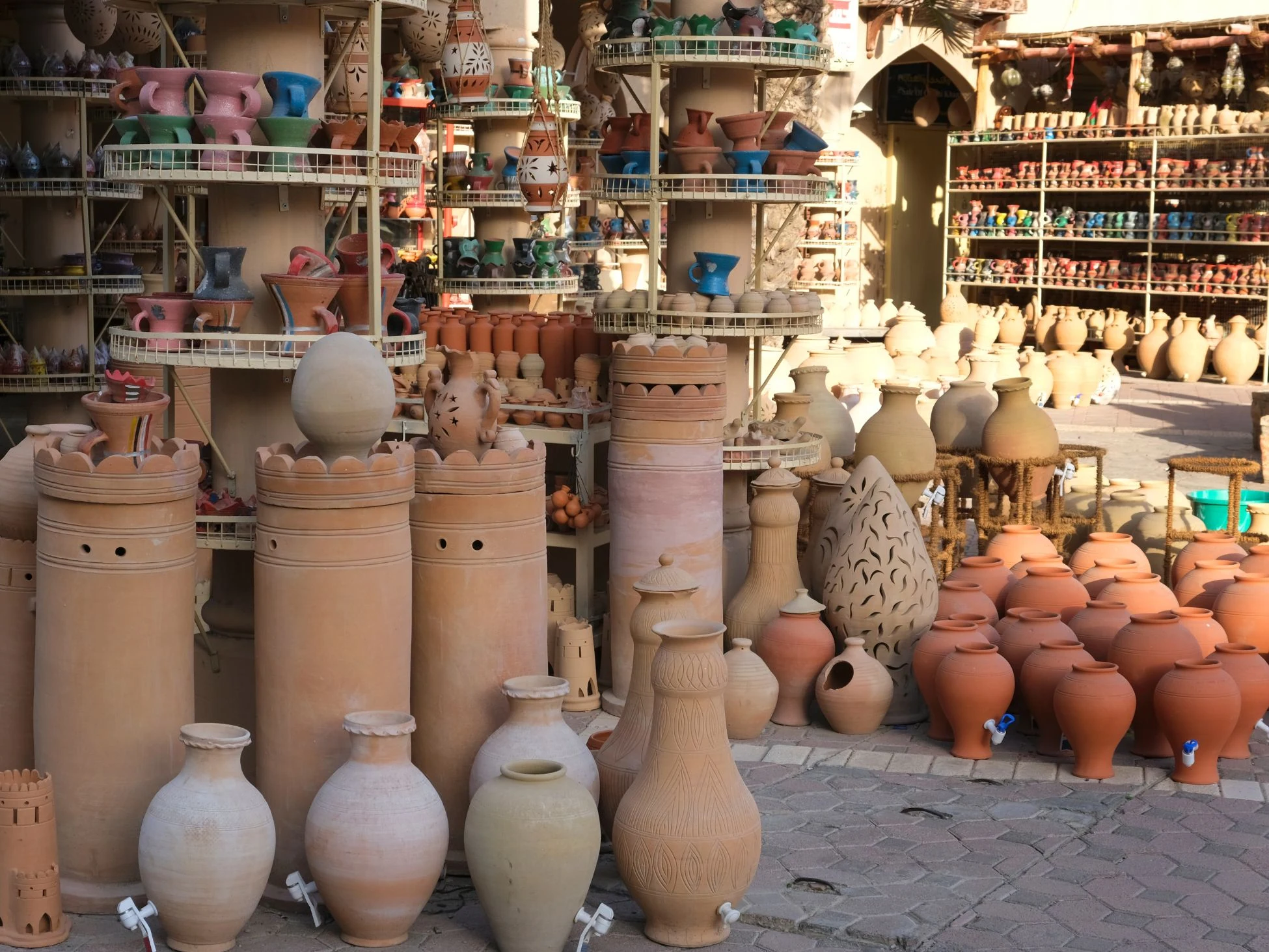
Cultural Experiences in Oman
Beyond Ubar’s archaeological significance, Oman offers visitors a rich tapestry of living traditions that provide context for understanding this ancient civilisation. The country’s legendary hospitality manifests in countless cups of cardamom-spiced coffee and dates shared with strangers-a tradition that echoes the ancient customs of welcoming weary travellers. For visitors interested in extraordinary Omani natural wonders, the sultanate also offers unique ecological attractions.
Traditional souks (markets) in nearby Salalah buzz with activity, particularly during the khareef season when the region transforms into a green paradise. Seasonal festivals celebrate everything from dates to frankincense, with the annual Salalah Tourism Festival offering visitors a chance to witness traditional dances, camel races, and handicraft demonstrations.
Omani cuisine deserves special mention, with dishes like shuwa (slow-cooked lamb prepared in underground sand ovens) and majboos (spiced rice with meat) offering insight into local culinary traditions that have remained largely unchanged for centuries. Many tours incorporate authentic cooking demonstrations and shared meals with local families, providing intimate glimpses into contemporary Omani life whilst drawing connections to the ancient past.
The art of frankincense cultivation continues today in the Dhofar region, where visitors can witness the traditional harvesting methods that made Ubar’s wealth possible. Local artisans still practice ancient techniques for processing the aromatic resin, creating products that would have been familiar to the merchants of old.
Experience Ubar with Expert Guidance
Discovering Ubar’s mysteries requires more than just reaching its physical location-it demands deep cultural understanding and historical context that brings the ruins to life. Undiscovered Destination specialises in creating immersive experiences that transform archaeological sites into vivid windows onto the past. Our carefully curated itineraries combine luxury accommodations with authentic cultural encounters, expert guidance, and sustainable tourism practices that respect both the fragility of the archaeological site and the traditions of local communities.
Ready to walk in the footsteps of ancient frankincense traders? Contact us and let Undiscovered Destinations unlock the secrets of this legendary lost city for you.. Our experienced team will craft an extraordinary expedition that weaves together archaeological wonder, Bedouin wisdom, and the timeless magic of Arabia’s most enigmatic destination.
Image Credits: Title image courtesy of Atlas Obscura.
